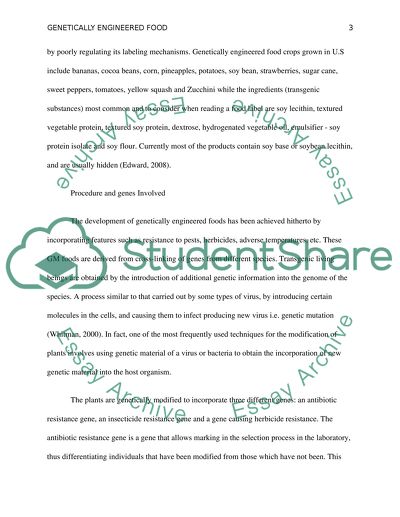Cite this document
(“Genetically Engineered Food Essay Example | Topics and Well Written Essays - 2250 words”, n.d.)
Genetically Engineered Food Essay Example | Topics and Well Written Essays - 2250 words. Retrieved from https://studentshare.org/technology/1401261-genetically-engineered-food
Genetically Engineered Food Essay Example | Topics and Well Written Essays - 2250 words. Retrieved from https://studentshare.org/technology/1401261-genetically-engineered-food
(Genetically Engineered Food Essay Example | Topics and Well Written Essays - 2250 Words)
Genetically Engineered Food Essay Example | Topics and Well Written Essays - 2250 Words. https://studentshare.org/technology/1401261-genetically-engineered-food.
Genetically Engineered Food Essay Example | Topics and Well Written Essays - 2250 Words. https://studentshare.org/technology/1401261-genetically-engineered-food.
“Genetically Engineered Food Essay Example | Topics and Well Written Essays - 2250 Words”, n.d. https://studentshare.org/technology/1401261-genetically-engineered-food.


